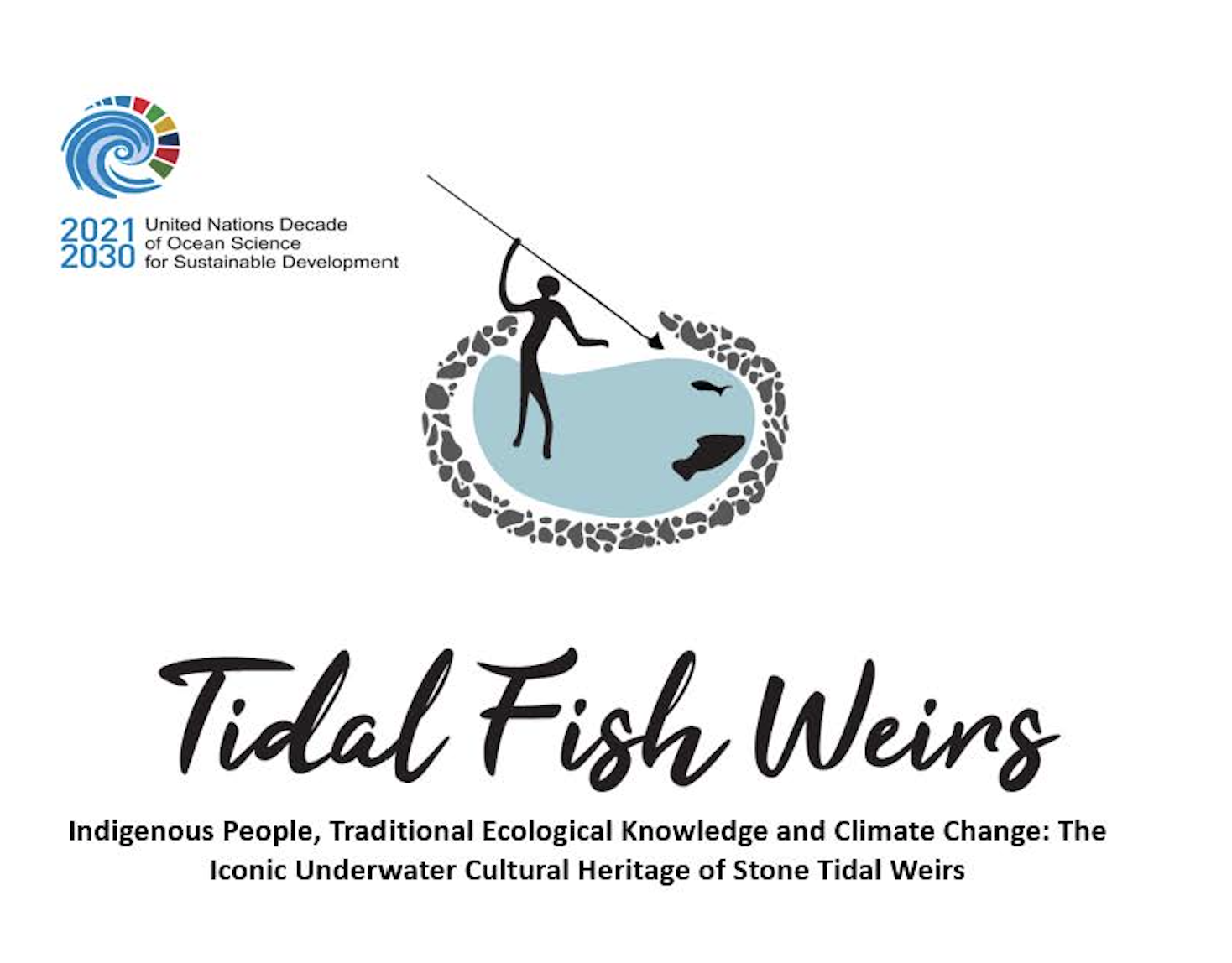
At the ebb of the tide: Exploring the Cultural Heritage of Stone Tidal Weirs
By Paul Montgomery
Rapid climate change and sea level rise directly impact the world’s coastlines, affecting the communities along their shores and numerous aquatic species as well as the environmental processes that influence the world’s oceans and its human populations. The overarching aim of the UN Decade of Ocean Science for Sustainable Development (2021-2030) is to encourage and support initiatives directed towards helping us understand the knowledge required for the sustainable development of our oceans. As part of this initiative the project “Indigenous People, Traditional Ecological Knowledge, and Climate Change: The Iconic Underwater Cultural Heritage of Stone Tidal Weirs” has gathered together a mixture of academic institutions like our own Trinity Centre for Environmental Humanities and a selection of international scholars from Japan (Prof. Akifumi Iwabuchi & Prof. Dr. Masahito Kamimura), Ireland (Dr. Paul Montgomery), South Africa (Dr. Magda Minguzzi), South Korea (Prof. Dr. Hye-Yeon Yi), the Philippines (Dr. Cynthia Neri Zayas), Poland (Ms. Madgalena Nowakowska), and Guam USA (Prof. Dr. Bill Jeffery). These scholars are important thought leaders on the role of fish weirs in shaping our cultural heritage.
Since 2021 the Cultural Heritage of Stone Tidal Weirs research group has been actively working in a range of locations across the globe. Their work has included building a baseline of information of these sites, identifying species which are most impacted and highlighting the role of fish weirs in the social and economic development of coastal and indigenous peoples. As part of the project, we have worked to establish a number of locations around the globe which will provide the opportunity to develop long-term analyses of the development and use of fish traps by indigenous communities as well as their modern application.
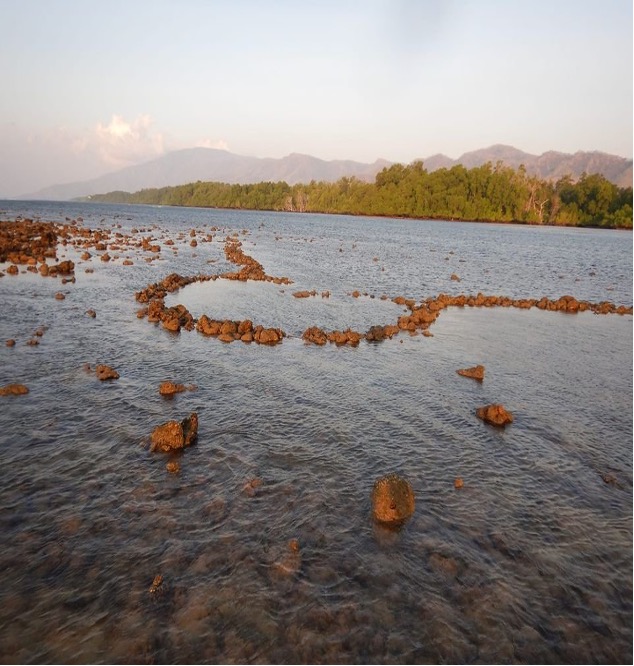
Figure 1. Image at low tide of stone tidal weir in Timor-Leste (Picture by Prof. Akifumi Iwabuchi).
During the past year a number of researchers from this group have conducted primary field work surveys on locations in Southeast Asia and Western Europe. From July to August 2022 Prof. Akifumi Iwabuchi led a field research survey on stone tidal weirs in Timor-Leste. During his field work on the northern coast of Timor-Leste, Prof. Iwabuchi conducted a survey of stone fish weirs that have been identified on its northern coast (see figure 2). New distinct forms referred to as stone fish traps (kota) and stone fish weirs (lutu) were identified, representing different morphological shapes in the local indigenous dialect. Research is being conducted on the historical dating of these traps and the possibility that they come from much deeper in history and are linked with the arrival of early settlers in the region.
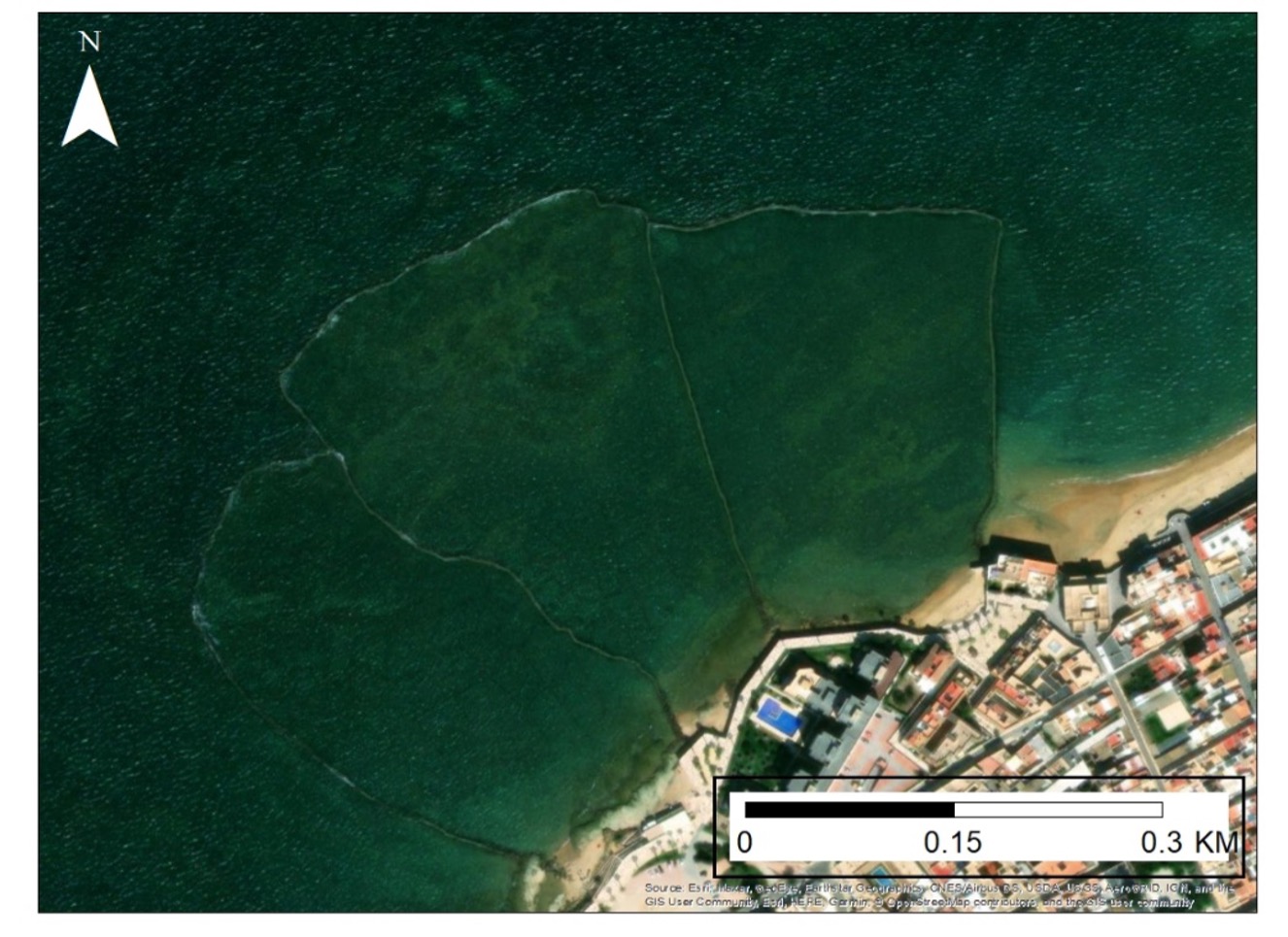
Figure 2. Aerial image at full tide of the stone fish traps at Chipiona, Cadiz, Andalusia Spain. (source Google Maps, image captured by Dr. Paul Montgomery)
A second field work component was led by Dr. Paul Montgomery, which studies the stone fish weirs of Andalusia Spain. The research involved 10 days of fieldwork investigating and recording different aspects of these weirs and working with the local fishing community who have utilised these traps. The two largest clusters of stone fish weirs are located near the villages of Rota and Chipiona, on the Andalusian Atlantic coast (figure 3). Of the seventeen traps located in the area, the exact date of their construction has yet to been ascertained but historical records indicate by the 14th century they were being fished and taxed by the local Muslim and then Christian rulers of this part of Spain, consistently for several hundred years.
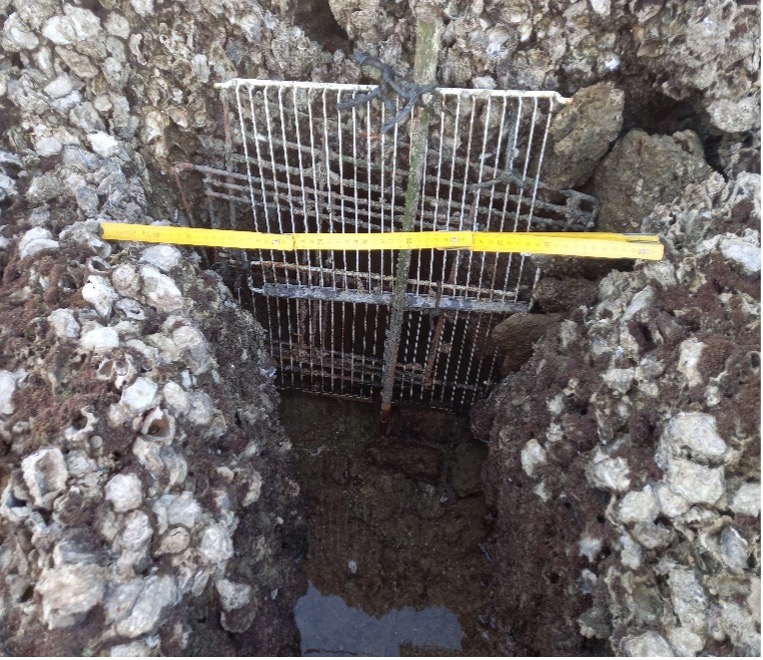
Figure 3. Image of the inflow and outflow of the fish trap walls blocked with modern metal fixings from domestic appliances and chicken wire. Photo by Paul Montgomery.
Structurally the fish traps of southern Spain are quite unique as they bring together a community who have taken part in the construction and maintenance of these monuments as part of their community activity. Constructing and maintaining these fish traps has combined both ancient and modern traditions. One of the unique features of the traps can be found in the “mouth” whereby a trap can have 6/9 holes in the wall of the trap to allow the water to drain out faster (figure 4). Traditionally, these holes were covered with a woven mat or basket to allow water to pass out while preventing fish from escaping out through the gap. However, in more recent times this tradition of using baskets has faded and the fishermen have found more prosaic ways to block the gap. A survey of the mouths of the traps revealed a large number of items ranging from plastic grates, refrigerators, ovens and other cooking implements, which were primarily used as racks and trays fitted to the hole to act as a barrier to prevent larger fish from escaping. In interviews the fishermen explained that even industrial chicken wire, which was sometimes used, was not favoured as it corroded much too fast and had to be replaced every couple of weeks.
As part of the project, we have made special efforts to contact and interact with indigenous communities who have been using these traditional methods of fishing, which have been in use for thousands of years. The use of fish traps has been a contentious issue in many contexts with the interaction between western colonial administrations (for example United Kingdom) and indigenous communities. There are several factors which have influenced these relationships, such as access to natural resources, control of local communities and drive for modernisation which occurred during the industrial revolution in the case of the UK. The parliament of the UK passed several pieces of legislation during the 19th century which ordered explicitly to remove all fishing barriers erected on or near waterways as part of their policy to increase trade and navigation of waterways. Thereby stripping communities of their abilities to feed themselves and making them more dependent on the colonial administration. In the case of South Africa as during the colonial period and later during the apartheid period, many of the indigenous peoples of the region were banned from fishing in traditional methods and from in some cases visiting sites to which they had deep cultural and historical connexion. Dr. Magda Minguzzi, a senior lecturer in architecture at the Nelson Mandela University has been working with KhoiSan indigenous communities of the Eastern Cape (figure 5). In their project “Spirit of the water”, Dr. Minguzzi and the leader of KhoiSan worked together to survey and investigation the cultural heritage of KhoiSan fish traps which are considered sacred sites by this community and help to re-establish the connexion with this ancestral site for the modern community. This work has helped to understand and revitalise aspects of their traditional cultural heritage of these indigenous communities which they have been separated from in recent history. See the “Spirit of the water” documentary https://vimeo.com/534102794

Figure 4. Picture of the stone fish traps at Cape Recife being visited by members of the first indigenous peoples represented by Chief Xam ≠ Gaob Maleiba, Damasonqua tribe of South Africa. Photo by Magda Minguzzi (see The Spirit Of Water, Minguzzi, 2021).
In the coming years this project hopes to work on a number of other locations like South America, Asia and this spring in Taiwan (Figure 6.) spread across the globe, giving us a wide base of information that will inform our ecological, archaeological and cultural heritage perspectives of the use of fish traps. Unfortunately, with the impending impact of sea level rise and chemical changes to our world's oceans, these traditional fisheries will come under greater stress and may disappear within a generation or two unless preserved. Within the cornucopia of dangers that climate change has for these monuments, there are a number of major ones but pose a major threat in particular the impact of increased storm events leading to destruction of these monuments. Also, the long-term impact of sea level change as most of these monuments function in tandem with the tide, even a small shift in terms of sea level would make many of them redundant unless a huge amount of time and energy was invested to rebuild them and make them effective as functioning fishing structures. Ultimately millions of people around the world, in particular the South, rely on artisanal fisheries as part of their subsistence activity, making them even more vulnerable to the impact of long-term climate change.
Twitter @stonefishweirs https://twitter.com/Stonefishweirs
Facebook The Underwater Cultural Heritage of Stone Tidal Weirs https://www.facebook.com/Stonefishweirs/
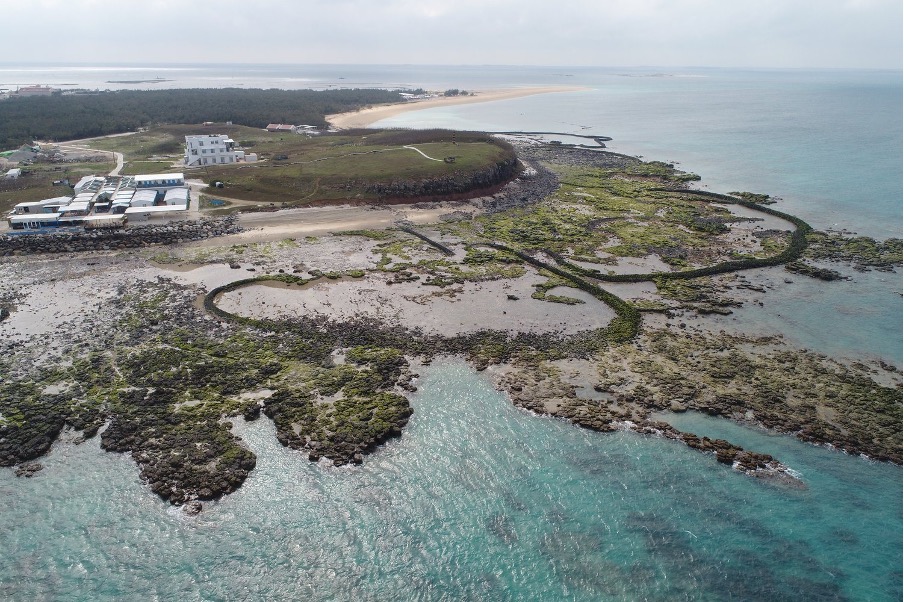
Figure 5. The Shi Hu stone fishweirs in the Penghu County, Taiwan. Photo by Bill Jeffery.
Sources

